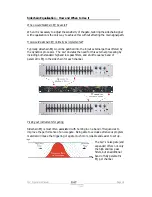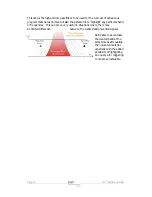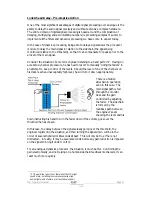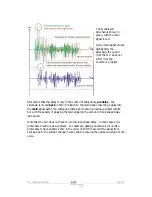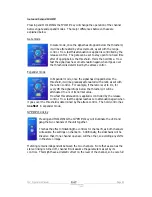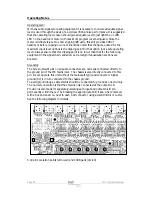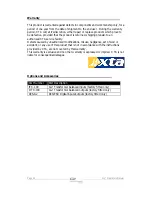
G2
Operators Manual
Page 15
Expanders and Expansion – the subtler approach
What does an Expander do?
An expander can be thought of as a complementary device to a compressor. Whilst a
compressor is designed to compress the dynamic range of a signal, an expander is
designed to expand it. The threshold at which the expander begins to operate sets
the point
below
which the signal begins to be attenuated by a certain amount. The
fact that signals are only ever attenuated defines the behaviour as ‘downward
expansion’ in nature. This distinction is important because if the expander was to
process the dynamic range at a certain threshold, attenuating below the threshold
and
amplifying above,
even with a low ratio of perhaps 3:1, a limited dynamic range
signal might well end up with a dynamic range well in excess of 120dB, which would
be impossible to utilise, even with the best equipment.
Why are Expanders necessary?
The main use for an expander is to improve the dynamic range of an instrument or
processing device. The dynamic range of any device is limited by two factors – it’s
minimum output, and it’s maximum. It would seem reasonable to assume that the
minimum output would be exactly zero, and that this level should be the same for all
devices. This is definitely not the case. Certainly, when the majority of instruments
and devices are turned off (assuming they are powered in some way) they will all
share a similar minimum output level. However, once on, it is the
noise floor
of the
electronics within that determines the minimum output. A signal that is below the
noise floor of any piece of equipment will not be resolved by that equipment.
The maximum output level is largely determined by the power supply capabilities of
the device. Many manufacturers (especially Far Eastern) tend to use power supplies
with lower voltage rails, resulting in a poor drive capabilities and limited maximum
output level.
As the expander functions below the threshold, it is in the area of minimum output
level that improvements can be made. Thinking laterally, the noise floor need not just
refer to the electronically generated variety. Noise can be thought of as any
“irregular fluctuations accompanying a transmitted signal but not relevant to it”
1
.
This may now include other sources of noise such as:
♦
Hum due to poor power supply regulation or induced by an earth loop
♦
Background interference from lighting dimmers
♦
Stage noise picked up from a microphone or transmitted up a microphone
stand
♦
Handling noise from a microphone
♦
Overspill when ‘miking-up’ a drum kit
1
Concise Oxford English Dictionary 2000 Definition 3.
Summary of Contents for G2
Page 1: ......



















